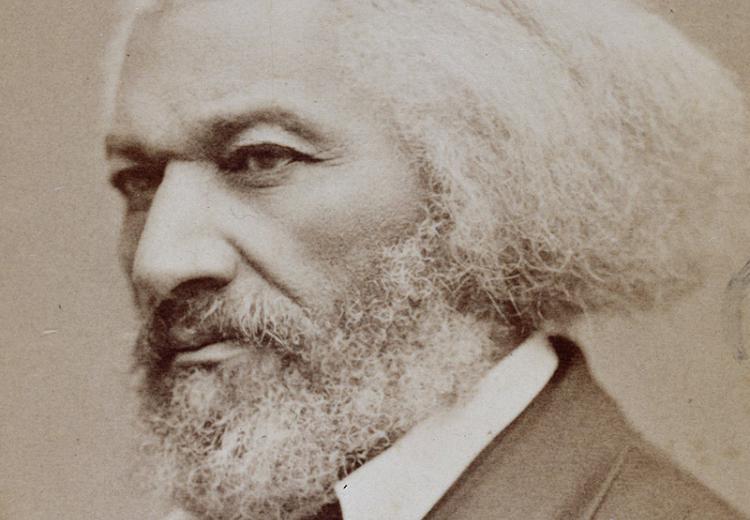Lesson 1: From Courage to Freedom: The Reality behind the Song

Frederick Douglass.
One myth that Southern slave owners and proponents were happy to perpetuate was that of the slave happily singing from dawn to dusk as he worked in the fields, prepared meals in the kitchen, or maintained the upkeep of the plantation. (Interesting case in point from more recent times: Disney's 1946 Song of the South).
In his autobiography, Douglass is quick to distinguish the myth from the reality. He uses incidents of cruelty that he witnessed along with songs of the slaves themselves—spirituals—to emphasize this distinction.
Guiding Questions
How does Frederick Douglass's skilled use of language paint a realistic portrait of slavery?
According to Douglass, what were some common misconceptions about slaves and their situation?
Learning Objectives
Examine Douglass's use of imagery, irony, and rhetorical appeals in the telling of his experiences and observations.
Evaluate the extent to which a slave narrative is a reflection of reality and romanticized myth.
Analyze the historical circumstances of Douglass's escape and contrast his experiences as a free man with others in the North.
